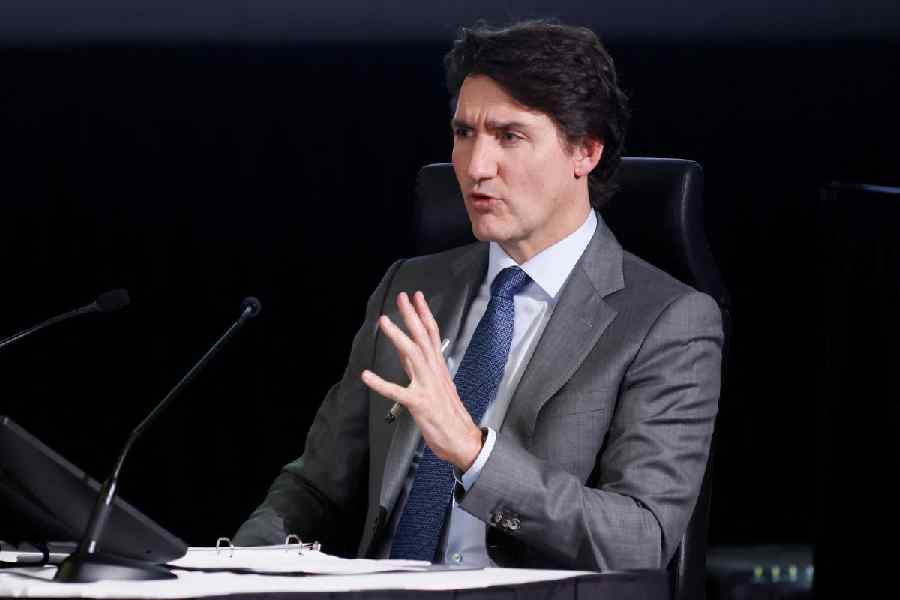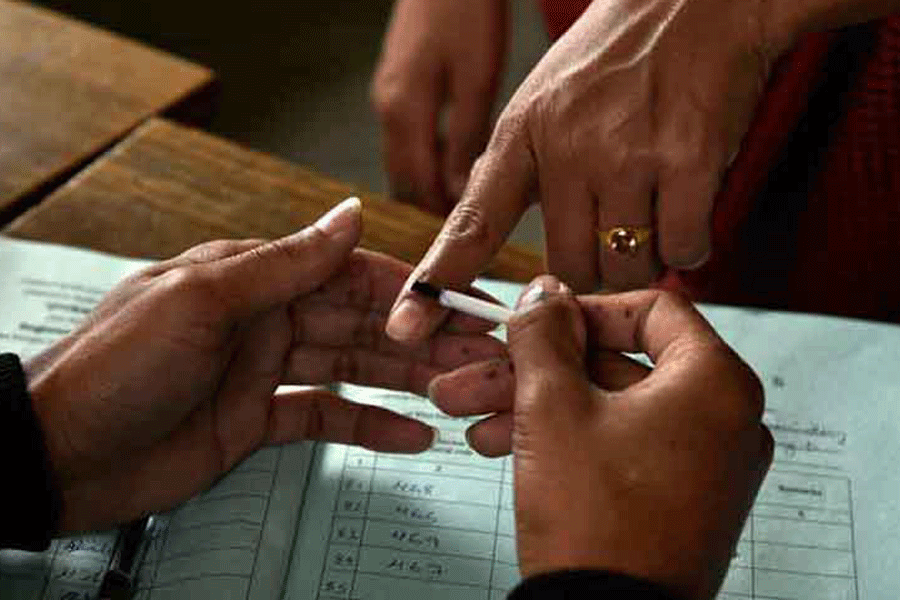Jorhat, Oct. 15: The demand for a separate slot for Assamese in the Unicode Standard has given rise to questions about the role played by the Indian government, since the country is a member of the Unicode Consortium Inc.
The consortium, based in California, US, has developed a system of encoding of different languages of the world through a computer software based on characters.
Satyakam Phukan, a doctor based in Guwhati, and one of the crusaders to make Assamese a separate script from Bengali, said the role of the Indian government is questionable as it has done nothing to ensure that Assamese is given a separate slot despite it being one of the national languages.
"This indicates our government has no say on the scripts of its national languages and is completely under the diktat of the consortium. I wrote an RTI application on June 15, 2013, to the Union ministry of communication and IT seeking details of the provisions of the Central Civil Services (Conduct) Rules, 1964, which permits central government officials to officiate as members of a company based in USA but the response given in July of that year was not satisfactory," he said today.
Phukan had complained about the unsatisfactory reply to the chief information commissioner, who in a recent ruling directed the central public information officer to send a consolidated reply to his RTI application. The order said the information should be provided free of cost and if the applicant so desired, he should be permitted to inspect the relevant files and allowed to take photocopies/extracts free of cost up to 20 pages.
The information officer has said that India became a member after paying a membership fee to the non-profit corporation, the documents of which are available. "I will seek some more information through RTI and then weigh the legality or illegality of the government becoming a member of the consortium before moving the high court," Phukan said.
He said the system of encoding was developed with the help of a linguist Michael Everson, to whom he had also written regarding the differences between the Bengali and Assamese script. He alleged that Everson's "half-baked knowledge" on Assamese did not allow him to admit it.
"The Assamese alphabets are not separately encoded by the Unicode. Following their policy of unification in which similar characters are clubbed together as one language, the Assamese script was merged into Bengali in the Unicode Standard by the consortium. The uniqueness of the Assamese script was perhaps unknown to American experts of the consortium. Unicode compensated this by inclusion of two graphically dissimilar Assamese script characters into Unicode/ISO 10646 Bengali code chart by converting them into Bengali characters," he said.
"Our government should be the one to take the decision on our languages. But this has not been done though India is a member of the consortium," Phukan said.
He said the Unicode Standard was also synchronised with ISO 10646 encoding maintained by the International Organisation for Standardisation (ISO).
Phukan had sent a separate representation to the consortium pointing out differences in the character ra which is cut in the middle by a line in Assamese while the Bengali one has a dot underneath and another letter which is pronounced waba, but it is not in the Bengali script. But there has been no response, he said.










